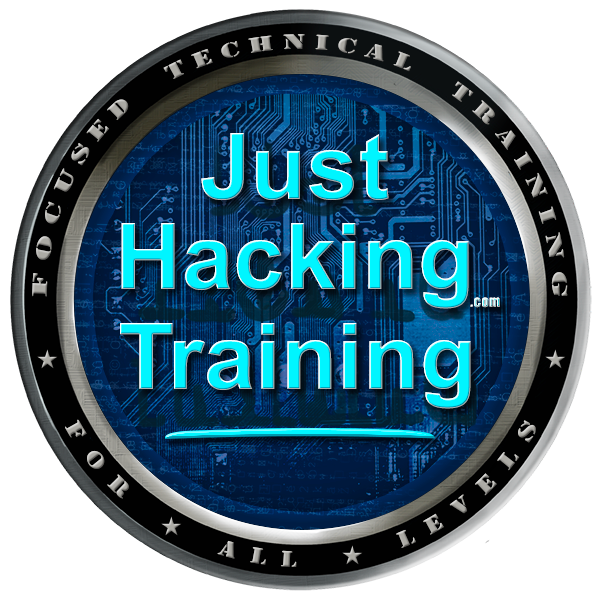Give Brandon Keath just 30 minutes, and you’ll have your first working Golang hacking tool!
This Free Upskill Challenge (UC) offers a look inside the Go programming language (often called Golang) and how you can build fast and scalable command-line applications. Since Go is a compiled language, it runs much faster than Python and often has a reduced memory footprint in comparison. The drawback often is that, while Go is built to be a simple language, it is far less expressive. As a result, the code ends up being fairly verbose. This can be beneficial as Go’s standard library and ability to generate dependencies across multiple operating systems make it extremely useful for CLI Applications and Web Services. In this specific challenge, we will look at how using tools like Gofire can help reduce the complexity when first learning Go and how to build our own command-line applications specifically for cybersecurity.
Price = FREE!
Goals for Golang CLI Apps
- Define what is a Command Line Interface (CLI) Application
- Explain Go language concepts and how Gofire helps automate the process
- Build your first Golang CLI App (yep, by the end of this challenge, you’ll have a working security tool you can actually use 🚀)
What’s an Upskill Challenge (UC)?
A UC is a CTF-style, bite-sized lesson from the JHT Team, our courseware developers as well as “friends” of JHT. They are meant to be short and to the point. UCs focus on a single tool or concept and are helpful in quickly providing useful skills that might be prerequisites for other types of educational content on the platform.
A UC should be 10 – 30 minutes of student time and have no VMs. There are quizzes to make sure that the content is understood.
Prerequisites for UC – Golang CLI Apps
UCs assume no knowledge at all! They’re meant to be completely self-contained, so all of the answers are in the lesson. No outside research is required.
Brandon S. Keath is a Senior Security Engineer at Therap Services, where he leads initiatives in penetration testing, security engineering, and threat modeling. With over 17 years in IT and more than 14 years in cybersecurity, his expertise spans red teaming, blue teaming, and security leadership across healthcare, finance, government, and education sectors. Before moving fully into cybersecurity, Brandon built his foundation as a developer. With a strong programming background and a Bachelor’s degree in Information Technology Applications Development, he has experience designing and building applications as well as securing them. This dual perspective continues to shape his approach to both engineering and teaching. Since 2016, Brandon has been teaching cybersecurity in various settings and has spent the last seven years instructing at the university level. He currently serves as the Program Lead for the Cybersecurity Operations and Management (CYOM) program at Harrisburg University of Science and Technology. While his university work is part-time, it reflects a deep commitment to making cybersecurity education practical, engaging, and industry-aligned. Beyond higher education, Brandon has also worked with educational startups including HackerU, Evolve Security Academy, and Rapid Ascent. In these roles, he helped design and scale modern training programs that have reached learners worldwide, further solidifying his reputation as a builder of impactful learning experiences. An active community voice, Brandon frequently speaks at conferences such as BSides and regional summits, where he focuses on bridging the gap between technical expertise and accessible education. His approach combines hands-on cybersecurity knowledge with instructional design strategies to prepare learners for real-world challenges.
Brandon holds a Bachelor’s degree in Information Technology Applications Development, three master’s degrees — in Cybersecurity and Information Assurance, Instructional Design, and IT Management — and is currently pursuing a fourth in Computer Science with a specialization in Artificial Intelligence and Machine Learning.
